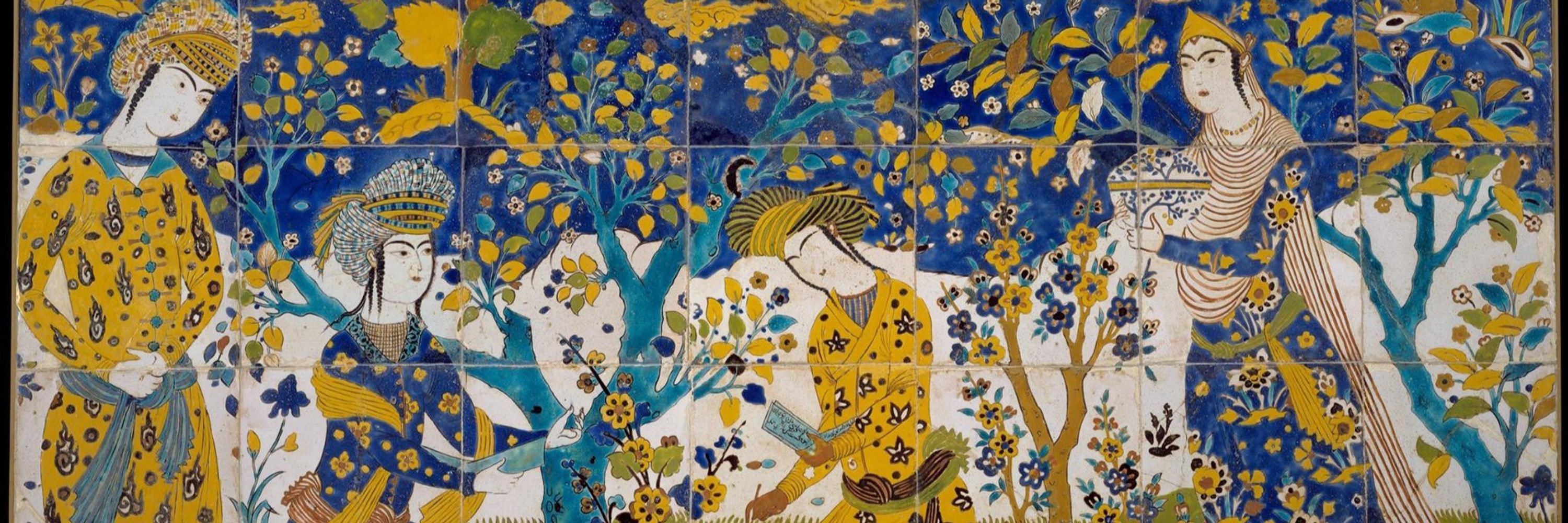
Golnaz Vahedi
@vahedilab.bsky.social
Department of Genetics, Institute for Immunology and Immune Health, Epigenetics Institute, University of Pennsylvania
https://vahedilab.com/ https://www.instagram.com/vahedilaboratory/
https://vahedilab.com/ https://www.instagram.com/vahedilaboratory/
If you are interested in T and B cells, you can look your favorite gene and its connectivity here: sorayoon.shinyapps.io/HiCociety/
Hi-Cociety Web DatabaseInference of multi-enhancer interactions from T lymphocytes using Hi-CocietyDescription of table columns
sorayoon.shinyapps.io
June 26, 2025 at 3:47 PM
If you are interested in T and B cells, you can look your favorite gene and its connectivity here: sorayoon.shinyapps.io/HiCociety/
Hi-Cociety does magic: it takes Hi-C data and determines cell-type specific highly connected regions without taking any additional input.
June 26, 2025 at 3:44 PM
Hi-Cociety does magic: it takes Hi-C data and determines cell-type specific highly connected regions without taking any additional input.
Deep gratitude to the Vahedi and Faryabi Labs and all our supporters and funders who made this possible! #Tcells #chromatin #generegulation #microscopy #epigenetics #immunology #developmentalbiology #ORCA #teamwork
June 2, 2025 at 8:37 PM
Deep gratitude to the Vahedi and Faryabi Labs and all our supporters and funders who made this possible! #Tcells #chromatin #generegulation #microscopy #epigenetics #immunology #developmentalbiology #ORCA #teamwork
✨ This is the first chromatin tracing study in immune cells, and we're incredibly proud of the team for reaching this milestone.
June 2, 2025 at 8:37 PM
✨ This is the first chromatin tracing study in immune cells, and we're incredibly proud of the team for reaching this milestone.
🧬 Key findings:
The dominant chromatin conformation pulls Ets1 close to its super-enhancer, spatially separating it from Fli1.
Deleting the super-enhancer rewires the locus, increasing Ets1–Fli1 promoter-promoter interactions.
This suggests that enhancer "pulling" override domain boundaries.
The dominant chromatin conformation pulls Ets1 close to its super-enhancer, spatially separating it from Fli1.
Deleting the super-enhancer rewires the locus, increasing Ets1–Fli1 promoter-promoter interactions.
This suggests that enhancer "pulling" override domain boundaries.
June 2, 2025 at 8:36 PM
🧬 Key findings:
The dominant chromatin conformation pulls Ets1 close to its super-enhancer, spatially separating it from Fli1.
Deleting the super-enhancer rewires the locus, increasing Ets1–Fli1 promoter-promoter interactions.
This suggests that enhancer "pulling" override domain boundaries.
The dominant chromatin conformation pulls Ets1 close to its super-enhancer, spatially separating it from Fli1.
Deleting the super-enhancer rewires the locus, increasing Ets1–Fli1 promoter-promoter interactions.
This suggests that enhancer "pulling" override domain boundaries.
💡 Huge thanks to Alistair Boettiger, Guy Nir, Ting Wu, and their lab members for their generous help in troubleshooting the approach.
June 2, 2025 at 8:36 PM
💡 Huge thanks to Alistair Boettiger, Guy Nir, Ting Wu, and their lab members for their generous help in troubleshooting the approach.
To investigate, we needed to resolve chromatin architecture at single-allele resolution in individual cells. Atishay and Yeqiao implemented ORCA (Optical Reconstruction of Chromatin Architecture)—a sub-diffraction microscopy method—that lets us walk along the chromosome.
June 2, 2025 at 8:35 PM
To investigate, we needed to resolve chromatin architecture at single-allele resolution in individual cells. Atishay and Yeqiao implemented ORCA (Optical Reconstruction of Chromatin Architecture)—a sub-diffraction microscopy method—that lets us walk along the chromosome.
🔍 Our question: Why are certain paralogous transcription factors—like Ets1 and Fli1—maintained in close genomic proximity across hundreds of millions of years?
June 2, 2025 at 8:34 PM
🔍 Our question: Why are certain paralogous transcription factors—like Ets1 and Fli1—maintained in close genomic proximity across hundreds of millions of years?
This study was a huge team effort, led by the brilliant @atishayjay.bsky.social in close collaboration with Yeqiao Zhao in the @faryabi.bsky.social Lab, with key contributions from @arjunraj.bsky.social, whose Nimbus image analysis tool was essential.
June 2, 2025 at 8:33 PM
This study was a huge team effort, led by the brilliant @atishayjay.bsky.social in close collaboration with Yeqiao Zhao in the @faryabi.bsky.social Lab, with key contributions from @arjunraj.bsky.social, whose Nimbus image analysis tool was essential.
Wonderful news. Very well deserved
May 24, 2025 at 2:43 AM
Wonderful news. Very well deserved
Wonderful news. Congrats!
May 24, 2025 at 2:41 AM
Wonderful news. Congrats!

